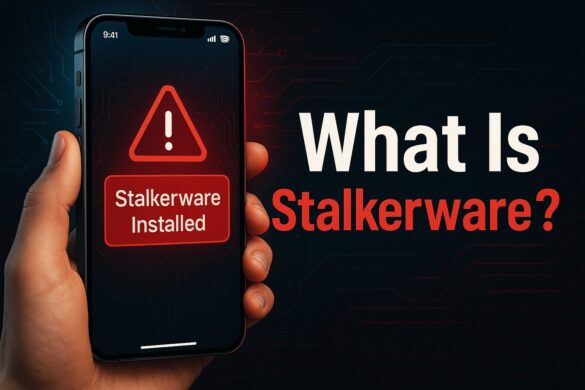Two-Factor Authentication Protects Your Business
Your business can add a simple step to build another layer of security for access to your most sensitive information.
Two-factor authentication (2FA) lets you protect valuable business assets by making it more difficult for hackers and thieves to gain access. Once you know the types and uses of 2FA, you can determine how to best use it as part of your company’s cybersecurity solution.

What Is Two-Factor Authentication?
Whenever you use a username and password to access an application, website or server, you’re using single-factor authentication. Once the program or site verifies that the provided credentials match their records, you gain access. Single-factor authentication is commonplace today.
With multi-factor authentication, you enter two or more factors before the application, site or server fully authorizes your access. By submitting two different types of credentials, you can protect your business assets in the case of password theft or the loss of a mobile device.
There are three kinds of factors used in authentication technology:
- Knowledge-Based Factors. These are factors that are known by and usually set by the user. Usernames and passwords are the most common. These factors can fall into two categories. Static factors, also known as “shared secrets,” are usually questions and answers that are preset, such as, “What was your high school mascot?” or “What is your mother’s maiden name?” Dynamic factors are not pre-determined; they may include information such as the last transaction on a bank account or credit card.
- Possession Factors. Key fobs, employee IDs or one-time pass tokens delivered via email, text or an app are all examples of possession factors, meaning users need to have this information or device to gain access.
- Inherence Factors. Fingerprints used to access smartphones, retinal and iris scans, facial recognition and voice recognition are forms of inference factors, based on a biological trait that’s unique to the user.
How Does 2FA Work?
With 2FA, you use a combination of knowledge-based, possession and inference factors to allow users access. It’s a brief, extra step that curbs unwanted access. While it may seem to some users as a nuisance, it’s an effective preventative step.
Google noted in a recent report that 2FA prevented 73 percent to 100 percent of automated bot attacks. Security keys, a type of hardware that plugs into a USB port, stopped all bulk phishing and targeted attacks. On-device prompts and texted codes were also highly effective.
Microsoft noted in a 2019 study that using multi-factor authentication meant your account was more than 99.9 percent less likely to be hacked.
What Are the Benefits of Two-Factor Authentication?
2FA makes sense for businesses across industries. Here are the major advantages of using the 2FA approach:
- Better Security. Adding another level of security makes it far more difficult for hackers who stole or bought passwords and usernames to gain access.
- More Productivity. Mobile workforces need access to data and applications from far-flung locales. 2FA ensures that employees can safely access required data and tools and remain productive even when not in the office
- Fraud Reduction. 2FA shows regulators, customers and stakeholders that your business has the right solutions in place to prevent fraud and protect customer information
- Lower Help-Desk Costs. With 2FA solutions in place, you can reduce the volume of calls to help desks, many of which are for password-related issues. Automating these authentication tasks frees up support professionals and gets employees reconnected faster
Essential Solutions is here to support your technology needs in Baton Rouge, New Orleans and throughout Louisiana. To learn more about our cybersecurity, managed IT and cloud solutions, contact us today.



